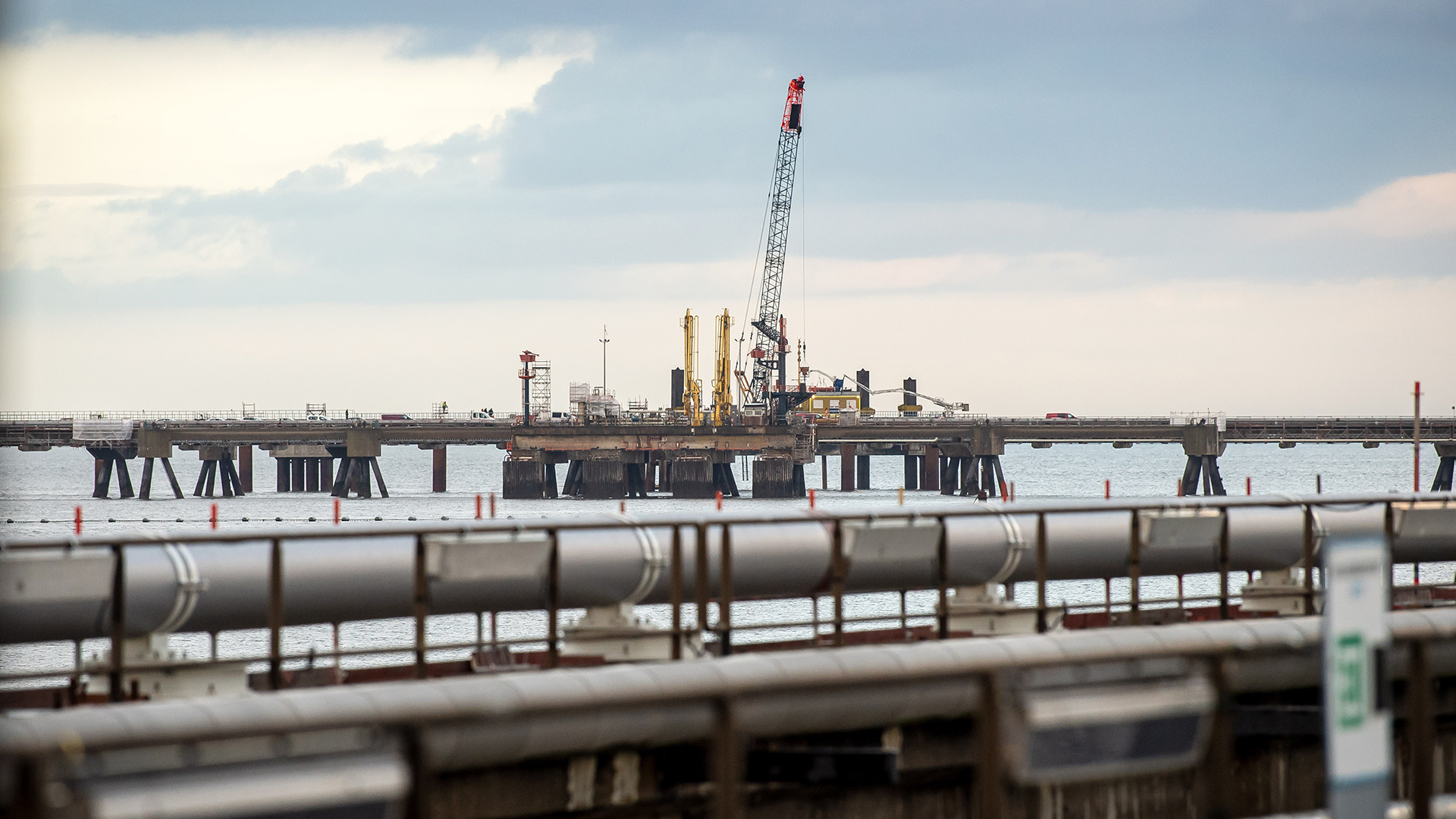Status: 08/12/2022 5:26 PM
In order to replace Russian imports, 11 LNG terminals will be built in Germany. But a study criticizes the plans: The systems are too big — with dire consequences for energy transmission.
Written by Frank Grotiluschen, WDR
LNG terminals are the most important measure to compensate for the loss of gas imports from Russia. Eleven of these terminals will be built on the German coast, where LNG carriers can unload LNG. Eight of these stations are private charter vessels. The first, “Höegh Esperanza”, is expected in Wilhelmshaven soon. Other floating stations will follow over the next year and will be based at Lubmin, Stade and Brunsbüttel.
In addition, it is planned to build three permanent stations on Earth. They should have much more capacity than floating ones and should be ready by 2026. A total of eight LNG terminals are financially supported by the federal government.
Bad investments of tax money?
If all the plants are commissioned within four years, their annual capacity will be 73 billion cubic meters of natural gas — that’s too much, criticizes a recent study by the NewClimate Institute, an energy transition think tank based in Cologne. Before the crisis, Russia exported an average of 46 billion cubic meters per year, so it is clear that the plants are large in size. As a result, there was a risk of major bad investments that would have to be paid for in part with taxpayers’ money.
In addition, as part of its energy transition, Germany will have to steadily reduce its consumption of natural gas in the future. In order to meet climate targets, domestic gas consumption must fall by a fifth by 2030 and halved by 2035. In 2045 Germany must no longer burn natural gas and instead rely on climate-neutral energy sources, such as green hydrogen.
Potential obstacle to energy transition
Against this background, critics consider the terminals to be oversized. According to the study, “the construction and operation of all planned LNG terminals would be inconsistent with climate protection goals, and would therefore be in violation of climate protection law and international obligations under the Paris Agreement for climate protection.” Ultimately, plants hindered the energy transition: the money to be spent on them could not be found elsewhere, for example in expanding wind and solar power.
However, according to the study, LNG offloading terminals should not be completely dispensed with: three floating terminals would be enough to guarantee supply for the coming years. Most natural gas is imported through existing pipelines, for example from Norway and the Netherlands. It is only if some suppliers restrict their exports, for example because they need the gas themselves, that more terminal vessels may be necessary. “Permanently installed terminals will only be a backup in this case,” the New Climate Institute writes – and thus should not have been built in the first place.
Hydrogen future prospects?
Supporters point out, however, that these ground stations could be designed in a way that would one day allow them to accept “green” hydrogen in place of natural gas. But the study assumes that Germany will need much less hydrogen than natural gas today.
Another drawback: There are several ways to transport hydrogen in tanks – liquefied in cryogenics or chemically bound, for example in the form of ammonia. So far it is not clear which transport variant will prevail. And that could mean that if you design an ammonia plant today, it could turn out to be a bad investment if transport like liquid hydrogen prevails later.

“Certified tv guru. Reader. Professional writer. Avid introvert. Extreme pop culture buff.”







More Stories
Samsung Quantum Dot TV: Art meets technology
Pitch: €56m for energy startup Reverion
Plastoplan: Plastics for Energy Transition